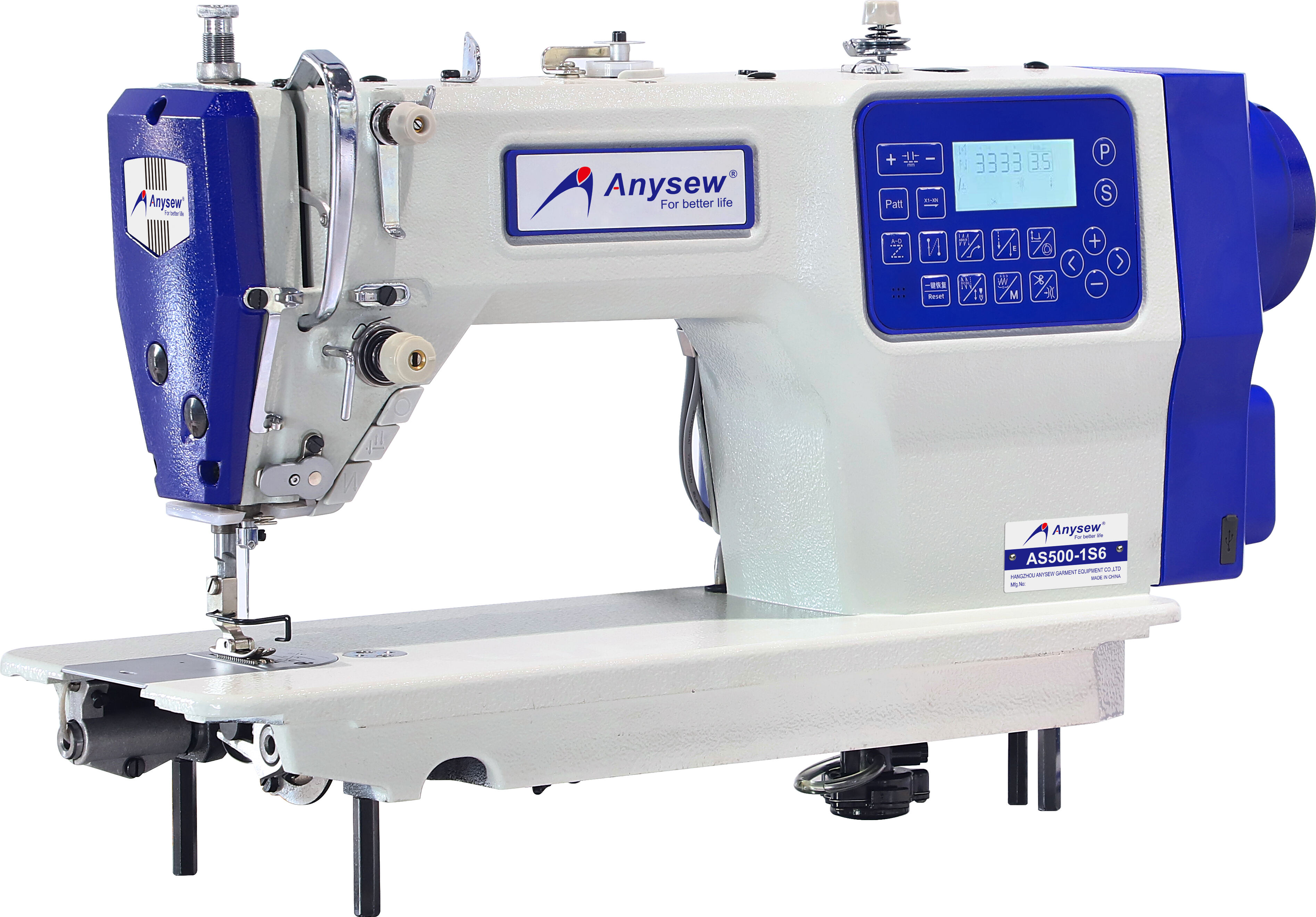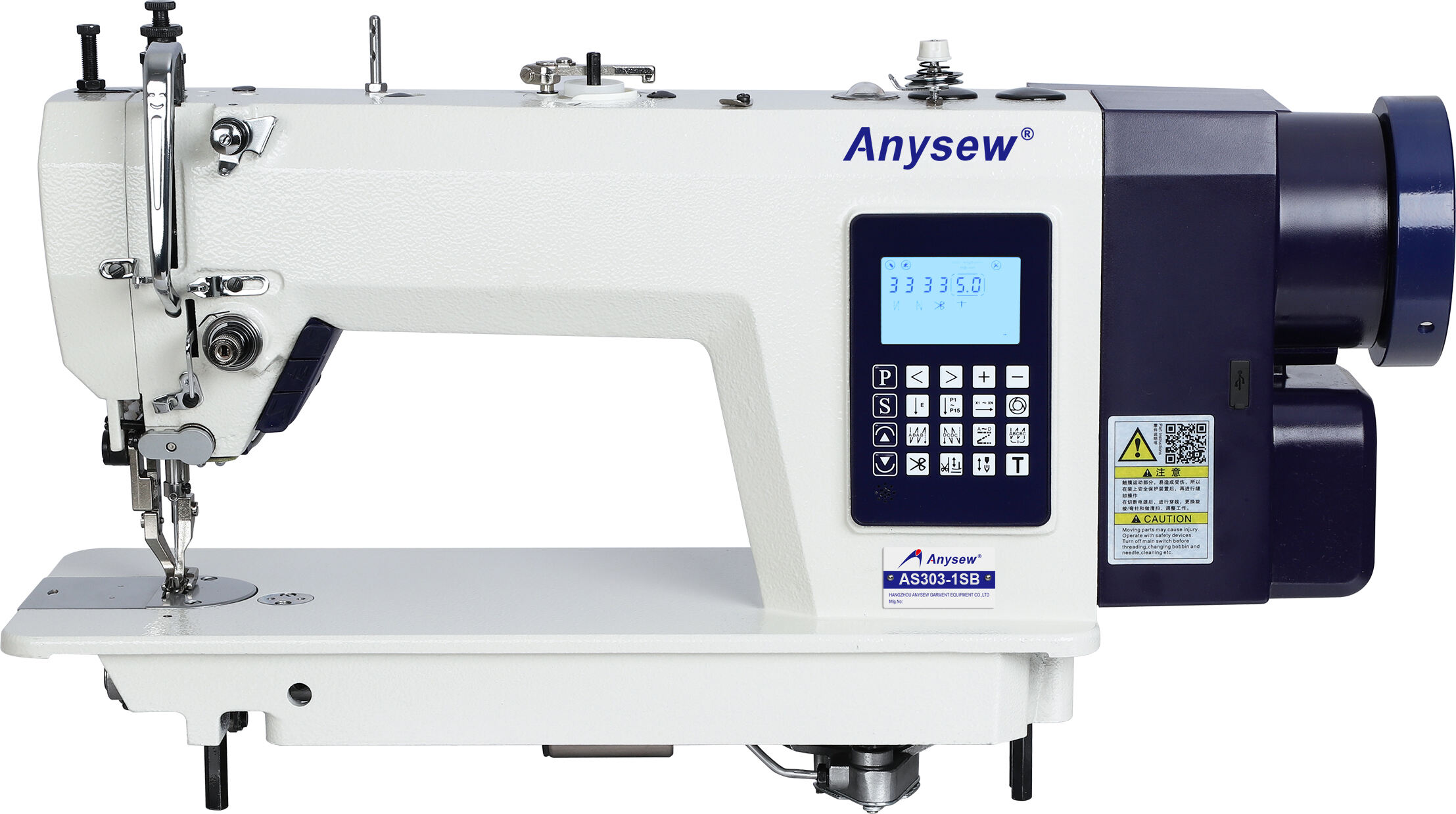blind stitch
The blind stitch represents a sophisticated sewing technique that creates nearly invisible seams on garments and other textile products. This specialized stitch works by catching just a few threads on the fabric's surface while securing a stronger hold underneath, resulting in a clean, professional finish. The technology behind the blind stitch involves a specialized needle mechanism that penetrates the fabric at a precise angle, typically 3-4 threads deep, making it particularly valuable for hemming and edge finishing. Modern blind stitch machines incorporate advanced features such as adjustable penetration depth, stitch length control, and automatic thread tensioning systems. This versatile stitch finds extensive applications in tailoring high-end garments, creating invisible hems on curtains and drapery, and finishing delicate fabrics where visible stitching would detract from the overall appearance. The precision of the blind stitch makes it especially suitable for professional alterations, allowing seamsters to modify garments while maintaining their original aesthetic appeal. The technique has evolved significantly with technological advancements, now offering improved consistency and efficiency in both industrial and domestic sewing applications.


